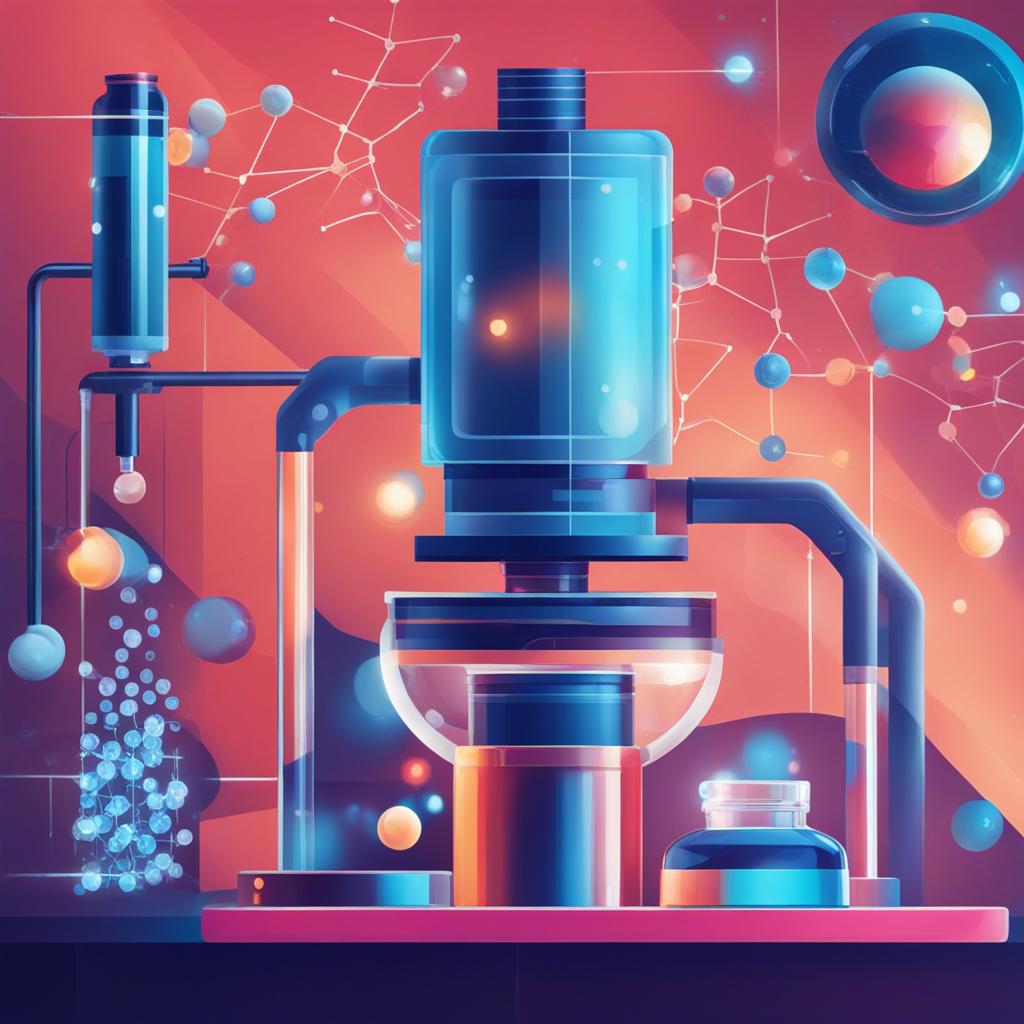Active machine learning is a potent new technique at the hands of chemical engineering experts. The research team at Ghent University led by Kevin M. Van Geem examines the potential for active machine learning to revolutionize the discipline of chemical engineering in a recent viewpoint paper that appeared in Engineering. Active machine learning, which combines machine learning with the design of experiments, aims to increase the effectiveness and economy of research across all length scales of chemical engineering.
Algorithms for active machine learning are more adaptable and perform better than those for traditional design of experiments. Active machine learning applications in chemical engineering are relatively scarce, despite their potential. Convincing experimental researchers, assuring flexibility in data creation, and boosting the resilience of active machine learning algorithms are three major obstacles to its widespread use, according to the report.
Van Geem’s team’s survey demonstrates the wide range of active machine learning applications in chemical engineering. However, the essay emphasizes the requirement to remove the current obstacles and popularize active machine learning among experimental researchers. The essay suggests working together with chemical engineers and machine learning professionals to solve these problems.
The partnership will not only spread knowledge about active machine learning but also make it easier to customize and improve algorithms based on certain experimental techniques.
The merging of transfer learning and active learning with multi-fidelity models is recommended in order to get around the problem of inefficient initial experimental selection. The piece also emphasizes how crucial it is to modify general active machine learning algorithms to accommodate various setup restrictions in order to broaden the application domain for active machine learning.
From molecule and catalyst design to reaction and reactor design, active machine learning has the potential to revolutionize several areas of chemical engineering research. But for it to reach its full potential, a gap must be filled between chemical engineers and machine learning experts. Algorithms for active machine learning can be adjusted in this way, and their performance can also be enhanced.
The significance of balancing originality and synthesizability in active machine learning is highlighted in the article’s conclusion. As a result of anticipated developments in this area, chemical engineers will be able to use active machine learning as a crucial instrument to support autonomous and effective scientific research. As a result, the chemical sector will eventually become more environmentally friendly.
The future looks promising for chemical engineers as active machine learning continues to develop, according to Nan Zhang, editor of the Engineering section on chemical, metallurgical, and materials engineering. New discoveries and breakthroughs in the industry will be made possible by increasing automation and creating more effective algorithms. Active machine learning is positioned to establish itself as a reliable instrument in the arsenal of chemical engineers with improved collaboration and greater usage.








